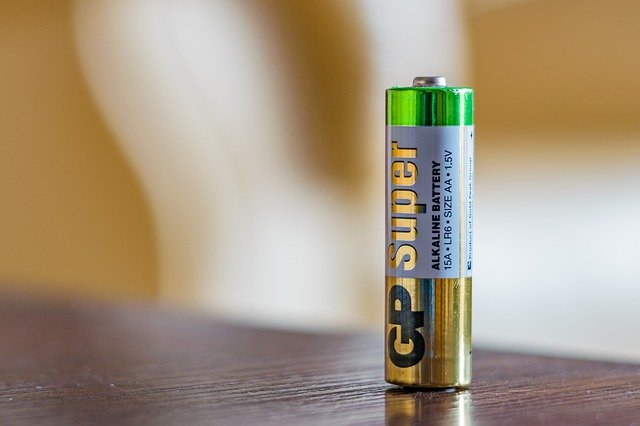
Almost everyone has used batteries in items that they own. This invention has been one of the most helpful in history. It was essentially designed to store energy chemically, allowing it to deliver electricity at any time. Many people refer to these as reactors, which are chemically based, which use electrons to promote the flow of electricity through external devices.
These are not new items at all. Back in the 1930s, the Baghdad Battery was found, oddly in a museum in the basement area. It is thought to have been created in the year 250 BC and is thought to have been produced by the Mesopotamian culture.
There is a lot of controversy regarding this find, or what it was used for, which people have speculated was for religious purposes, or perhaps for some other issue like pain relief.
Benjamin Franklin was the first one to use the term battery, and this was in the 1700s when he was doing experiments using capacitors at that point in history.
There was an Italian physicist that was one of the first to make a battery in the 1800s by the name of Volta. Discs were stacked up, made from materials such as zinc and copper, and as a conduit, salty water was used with a clean cloth.
There were wires that were used that would deliver current. There were cells made from this mixture of zinc, copper, and Brian which would produce almost a single volt. This value was the result of counting the number of cells that were all stacked together.
Lead-acid batteries came next, sometime during the 1800s, and this is what all of us have in our cars today. It really is one of the oldest examples of a rechargeable battery.
Batteries can be produced in all different shapes and sizes, some of which handle megawatts of power, which store energy made from substations or even solar panels that provide energy for islands, and villagers on those islands, plus there are very small ones for watches.
There’s a lot of chemistry that is behind the production of batteries and why they work, and most of them can produce a voltage of up to 3.6 V. If you are able to stack these cells together, and if they are in parallel, the amount of current can be increased. When you are considering the measurement of electricity, the current and voltage are what you need to calculate what is called megawatts.
There’s a lot of anticipation with the adventure electric cars that battery technology is going to be enhanced, allowing them to store substantially more, especially with wind systems and solar panel arrays that are able to produce enough power to power a home during the day and even at night.
How Exactly Do Batteries Work?
Batteries are able to function because of electrons that are moved as a result of chemical reactions. Oxidation of the iron, which typically produces some form of rust, is part of the byproduct of this reaction. As the iron connects with the oxygen, this is how the electrons are released, and produces what is called iron oxide. If you are looking for or are interested in ‘replacement UPS battery‘ then see here.
When batteries are made, there are a couple of different metals made from a variety of compounds that have chemical potentials, and all of this is separated from one plate to the next an insulator. The chemical potential is often referred to as a stored form of energy, and once it is released, it can move from that location into external devices that are connected to the battery.
It’s common for saltwater to be so that ions can move from one metal to the other during this reaction, and these are referred to as electrolytes.
Electrons are always going to be lost by these materials, and when this occurs, they will travel from one side, the anode, to the other side, the cathode, thus creating the connection. It is through this connection that electronic devices are able to run because of the free flow of electrons through a battery.